
The director and speculative architect Liam Young has launched a new project, speculating on the future of urbanism within the context of climate change and urban sprawl. The project, titled Planet City, presents a future world in which urban sprawl is reversed, and humanity retreats to one densely populated city, allowing the world beyond the city’s borders to re-wild and rejuvenate.
The hypothetical project is presented through a 15-minute short film and an associated book publication. Young also presented the project in a TED talk released in August of this year. The film presents scenes from life in the city, which sees a population of ten billion people supported by renewable energy sources, pumped hydro storage, and the utilization of algae as a food and filtration system. Young has designed the city as a “closed-loop system” which is waste-free and constructed entirely of recycled materials.
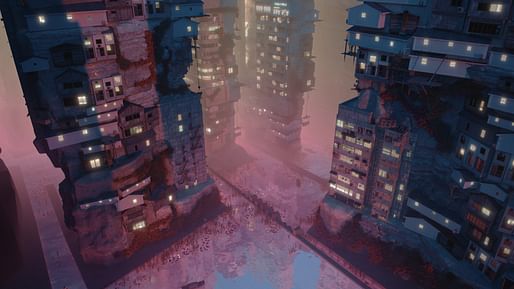
For Young, the city is a critique of hundreds of years of colonialization, globalization, and economic extraction, where citizens make a conscious decision to retreat from today’s vast network of cities and complex supply chains to one hyper-dense metropolis housing the entire population. Young describes the setting as “simultaneously an extraordinary image of tomorrow and an urgent examination of the environmental questions facing us today.”
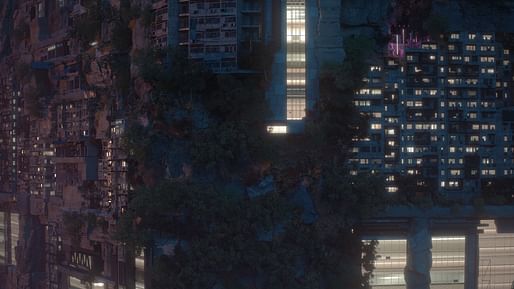
The project was shaped through extensive collaborations with a global think-tank of advisors including scientists, theorists, and economists, and through a reflection on trends in real-world technology. Young sees the project as “a provocation that prompts viewers to examine some of the most pertinent questions facing society today, including the global climate crisis.” For Young, these questions and obstacles are no longer technological, but are instead rooted in ideology, culture, and politics.
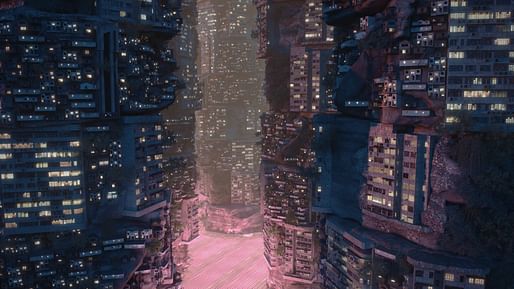
“Although wildly provocative, Planet City eschews the techno-utopian fantasy of designing a new world order,” says Young. “This is not a neo-colonial masterplan to be imposed from a singular seat of power. It is a work of critical architecture – a speculative fiction grounded in statistical analysis, research, and traditional knowledge. It is a collaborative work of multiple voices and cultures supported by an international team of acclaimed environmental scientists, theorists, and advisors. In Planet City we see that climate change is no longer a technological problem, but rather an ideological one, rooted in culture and politics.”
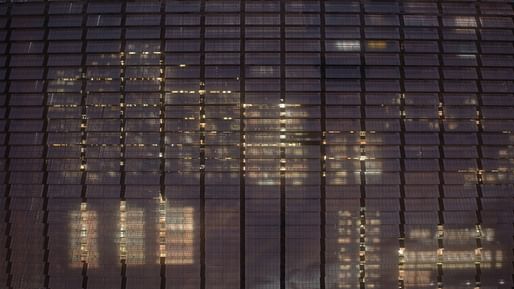
Young’s film also saw collaborations with other experts within the media and arts space. In order to depict the city’s planetary festival, including a 365-day procession that changes form as it moves through different cultural conditions in the metropolis, Young collaborated with a range of film industry creators including Anne Crabtree, the costume designer behind The Handmaid’s Tale.
The project’s accompanying book also features the input of experts and writers at the forefront of contemporary philosophy, ethics, and debate. These include geoengineer Holly Jean Buck, science fiction writer Kim Stanley Robinson, and Indigenous Australian writer and director Ryan Griffen.
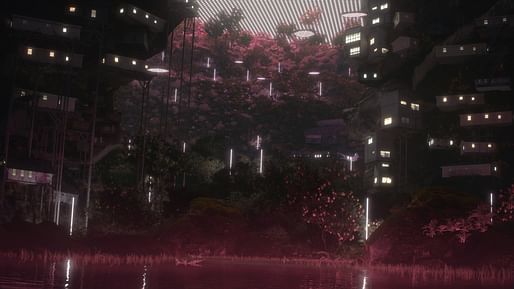
4 Comments
Humanity retreats to one densely populated city, where their bioelectric energy is harvested to power the sentient AI that can't survive on solar power because of nuclear winter.
Rolling Stone calls it "The feel-good hit of the year," and "not at all just like every other big dystopian film ever made."
I think you're all missing the bigger picture, it's going to be 3D printed, with the blood of aborted fetuses.
Plus, Soylent Green is buy one, get one at Dystopian Walgreen's.
Block this user
Are you sure you want to block this user and hide all related comments throughout the site?
Archinect
This is your first comment on Archinect. Your comment will be visible once approved.